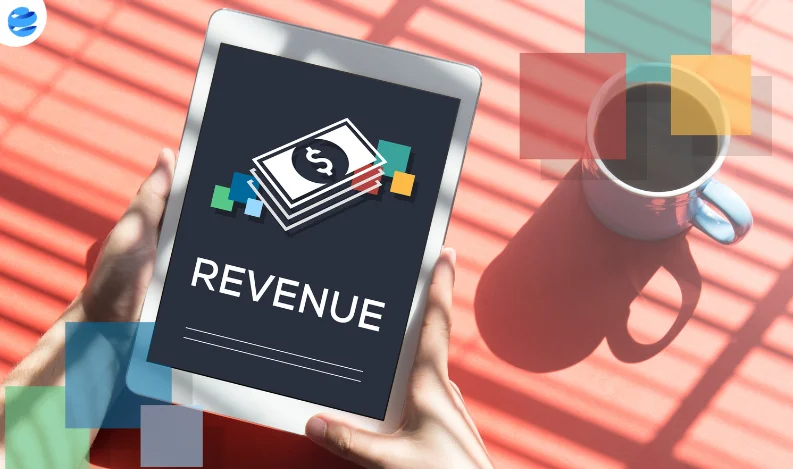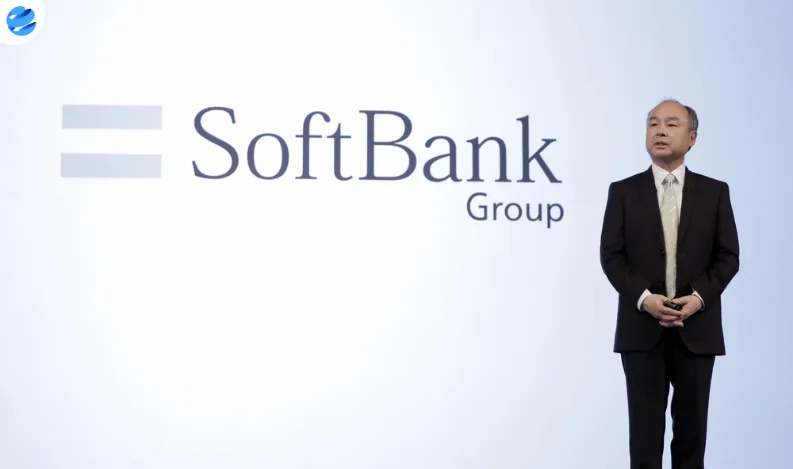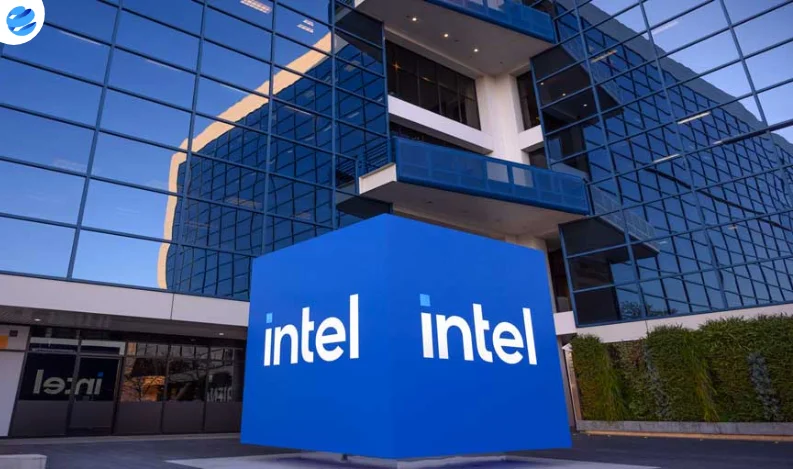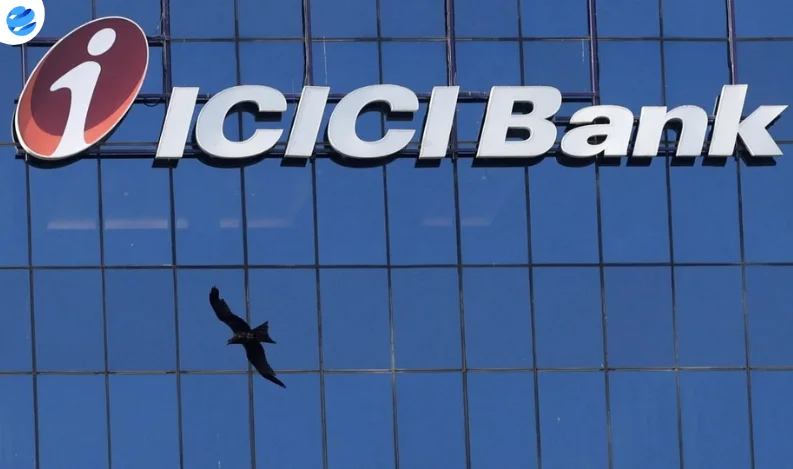Apple has officially introduced the iPhone 16e, marking a shift in its budget smartphone lineup. Launched on Wednesday morning, the iPhone 16e replaces the 2022 iPhone SE as the company's most affordable model. However, unlike its predecessor, which was known for offering flagship-level performance at a significantly reduced price, the iPhone 16e debuts at $599, bringing it closer in cost to the standard iPhone 16 ($799).
Pre-orders for the iPhone 16e begin on Friday, February 21, with the device set to hit store shelves on Friday, February 28.
A Shift in Apple's Budget Strategy
Unlike the iPhone SE, which featured an aging design but came with the latest Apple chip at a steep discount, the iPhone 16e appears to take a different approach. The new model boasts modern hardware and design elements seen in recent Apple devices, making it a more balanced budget option. However, its higher price tag compared to past SE models may leave some consumers wondering whether the affordability factor still holds strong.
Design and Display: A Familiar Look
From the front, the iPhone 16e closely resembles the iPhone 14, featuring a 6.1-inch OLED display with a 2532x1170 resolution and a peak brightness of 1,200 nits. While this isn’t as sharp or bright as the iPhone 16, it still delivers a high-quality viewing experience.
Notably, Apple has included the Action Button and a USB-C port, aligning with the latest iPhone design updates. However, the Camera Control feature found in premium models is missing.
On the back, the iPhone 16e differentiates itself from the rest of the lineup by sporting a single 48MP camera, similar to the previous iPhone SE models. This primary sensor is derived from the iPhone 16’s main camera, but lacks certain high-end features, such as sensor-shift stabilization, advanced Photographic Styles, and adjustable portrait mode focus. The front-facing camera, however, remains identical to that of the iPhone 16 and includes Face ID support.
Performance and Apple's First In-House Modem
A major highlight of the iPhone 16e is the introduction of Apple’s first in-house cellular modem, the C1. Apple has previously excelled in custom silicon development, with its A-series chips dominating the mobile space and M-series chips revolutionizing Mac performance. However, the modem is a critical yet often-overlooked component, and its real-world performance remains to be seen. If not optimized properly, connectivity issues could arise, reminiscent of the infamous "Antennagate" controversy that plagued the iPhone 4.
Under the hood, the iPhone 16e runs on a modified A18 chip—a step down from the A18 Pro found in the iPhone 16 Pro models. While it shares the same number of CPU cores as the iPhone 16, it features a weaker 4-core GPU instead of the 5-core version seen in its pricier sibling. This will likely result in slightly lower performance, but Apple’s Neural Engine remains intact, ensuring compatibility with Apple Intelligence features.
Durability: Tough, But Not the Toughest
Apple continues to use aluminum and a glass back for the iPhone 16e, reinforced with Ceramic Shield protection on the front. However, Apple’s press release subtly hints at a durability gap—while the company claims that Ceramic Shield is "tougher than any smartphone glass," newer versions of it in premium models are said to be "twice as tough." This raises questions about the real-world durability of the iPhone 16e compared to the higher-end models.
Balancing Price and Features
Despite being Apple’s most affordable new iPhone, the $599 price tag raises some concerns. In contrast, the 2022 iPhone SE launched at $429 and came with the same A15 chip as the iPhone 13, offering nearly 50% savings over the flagship model.
This time, Apple has opted for a more modern design, closely mirroring recent models rather than recycling an outdated iPhone frame. While this improves the device’s appeal, the pricing strategy makes it less of a bargain than previous SE models.
Competition in the Budget Segment
With a $599 starting price, the iPhone 16e enters a highly competitive segment where Android manufacturers offer feature-packed alternatives. Rival devices such as the OnePlus 13R already provide top-tier displays, high refresh rates, and powerful internals at similar price points. Apple’s challenge will be convincing buyers outside its ecosystem that the iPhone 16e is worth choosing over these alternatives.
Final Thoughts: A Budget iPhone with a Trade-Off
The iPhone 16e represents a shift in Apple’s approach to budget phones, prioritizing modern design and in-house components over deep price cuts. While it offers a balanced experience, its higher price point compared to past SE models may leave budget-conscious users reconsidering their options.
With pre-orders beginning on February 21 and availability from February 28, it won’t take long to see how well the iPhone 16e performs in the market. Will it attract cost-conscious buyers, or will Apple’s pricing strategy push consumers toward pricier models—or even Android alternatives? That remains to be seen.























